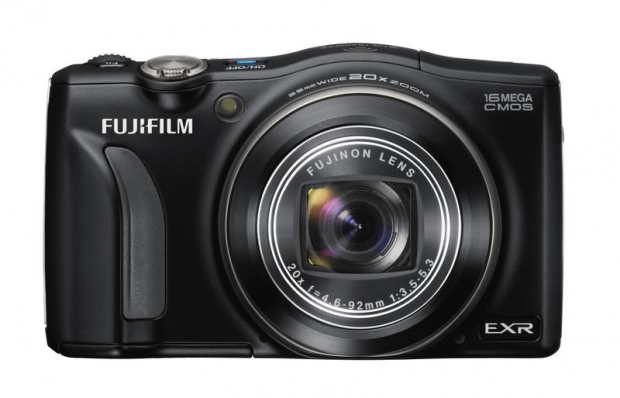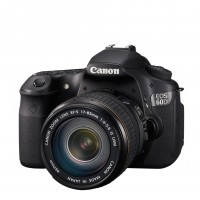
With all the focus on Fujifilm's gloriously stylish range of premium cameras, it's easy to forget that they've a range of competent compacts, too. Yesterday, they added one more to the line-up, ready to convince the social media savvy cool kids that they really do want a compact in addition to their smartphones.
This is the F800EXR, successor to the F770EXR. This makes it a little bit more than your average point-and-shoot that's a mania of megapixels and frenzy of filters packaged in garish pink. It's Fujifilm's flagship compact camera, with full manual control and Raw capability.
It comes with a 16 megapixel back side illuminated EXR-CMOS sensor (the EXR sensor is Fujifilm's proprietary technology that enables the sensor to switch between three modes–high sensitivity/low noise, dynamic range, and high resolution–depending on conditions, for optimal results), 20× optical zoom, and when you deploy the intelligent digital zoom function, you can bump that up to 40×. In auto mode, it can select between 103 patterns to get the best results for an image.
The press release is very cleverly worded to make it seem as if the F800EXR has a faster start-up, shot-to-shot, and auto-focusing speed than its predecessor. However, looking back at the F770EXR's spec, they remain at 1.5 seconds, 0.8 seconds, and a minumum of 0.16 seonds (at the shortest focal distance), respectively.
But the focus is on making it connected and trendy, so what's the deal? First, you can transfer photos to a tablet or smartphone that has Fuji's Photo Receiver app installed. Up to 30 photos can beam their way from camera to device in one go, wirelessly, and password free.
Second, with the Fuji Camera app, you can send your camera's location back to itself, via your tablet or smartphone. And via that, your camera can also act as your tour guide for wherever you happen to be. Somehow, that seems needlessly complicated to me, with far too much backwardsing and forwardsing between devices. And really, why not just use your iPhone or your iPad to locate your nearest landmarks and points of interest? There's even an app to pinpoint the closest public convenience, and your camera can't do that.
Like any good camera, it has its filters, so that you can flip between pop colour, high-key, toy camera, miniature, dynamic tone, and partial colour, at the touch of a button. And of course you can make full HD video (1920x1080 pixels).
You can create 360º panoramas and there's a multiple exposure mode, too.
When it comes out (I've heard rumours of August in the US, September in Europe, and prices around $350 or £280), it'll be available in black, red, or white.
The question is, is all of this enough to convince those who are deserting compacts and heading off towards the bright horizon of the smartphone? I don't think so. If you want convenience and immediate Facebookableness, you'll still use your smartphone. If you want a gamut of impossible filters, then you'll stick with your smartphone, too.
If you want a compact camera because of the benefits of having a compact, the wifi gimmicks probably won't make much difference. I've a compact for situations when my dSLR is inappropriate or inconvenient, but I still want the control it affords. I'm hardly going to edit my Raw images on an iPhone, am I? And transfering them wirelessly sounds murderous. My parents use a compact camera because they don't have a smartphone, which makes the F800's connectivity a joke for them. We'll buy compact cameras because of their performance, not because of their corresponding iPhone apps.
I remain convinced that there's a place for compact cameras in the market; I think that camera manufacturers need to work out where it is and concentrate on that.







